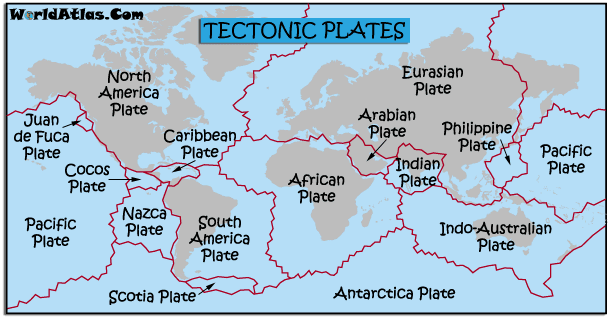1. Earth's distance from the sun, approximately 93 million miles, is ideal. It allows for plants to grow, but also for water to freeze. Direct sunlight can heat the ground to over 100 degrees Fahrenheit, but indirect light fragments off the ground, reducing the heat generated.
2. Due to global warming, Earth's air will become hot and humid. Earth's polar ice caps will melt, swelling oceans and rivers that connect to them, destroying most of earth's coastal cities. Cold climate plants will die out, along with cold climate animals such as polar bears, penguins, seals, caribou, and arctic wolves. This leaves an opportunity for warmer climate plants and animals to grow in size and population.
 |
| the world's average temperatures |
creative writing: I believe that global warming is a natural occurrence, but humans do have some part in it. I think that if we had been more environmentally aware, we could have lessened the severity of the effects, or at least slowed down the process. Global warming occurs in between two ice ages, as some scientists believe, and that in the next thousand years, another ice age will begin, but in the meantime, the weather will continue to get hotter, the icecaps will continue to melt. I think that as a planet, if everyone did something, whether it be riding a bicycle instead of driving a car everywhere, or conserving water, or recycling paper, glass, plastic and metal instead of making new products, then we can make a difference in our future.
Section 2
1. Latitude and elevation can affect climate. The farther away you are from the equator, the cooler the weather gets. The equator is usually closest to the sun, and is always warm, but if you travel farther north or south, then you are travelling out of direct sunlight and therefor, the ground, air and water are all colder. Elevation is different. the farther up above sea level that you are, the thinner the atmosphere, and therefor, the colder the atmosphere. earth's atmosphere holds and regulates temperature. But since the atmosphere is thinner, the atmosphere cannot retain the heat of the sun and the weather is colder. If you go lower down, below sea level, the hotter it is, because the atmosphere is thicker, and absorbes more heat.
 |
| the world's currents |
2. Wind patterns can bring reliving rain to a dry inland landscape by blowing rain clouds in from the oceans. Ocean currents can bring a decrease or an increase of temperature depending on where they started, and where they end up. The gulf stream, for example, brings warm water from the Caribbean Sea and the Gulf of Mexico all the way up to Britain and the UK. land forms, like mountains can block rain clouds from reaching the area beyond, creating a desert plane. Mountains also receive more rain and snow because of their height, temperature, and atmosphere.
creative writing: It would be an environmental disaster if the North Atlantic Current came to a permanent stop. The North Atlantic Current is an extension of the Gulf Stream, and brings warm water to northern Europe, and Greenland, which keeps these places from completely freezing over in the winter. The current also keeps the oceans from becoming like the northern polar region - that is, frozen almost completely and difficult to retain life. if the current were to stop, however, all of these things would come true. The northern countries of Europe - Great Britain, Ireland, Sweden, Norway, Finland, and parts of Russia would become frozen and would take on an Arctic aspect.
section 3
1. Geographers classify climate regions into five classes: highland, high latitude, mid latitude, dry, and tropical regions.
2. Recurring phenomena, such as El Nino and La Nina, can affect different climates in different ways. El Nino, which is the warming of the pacific ocean, creates rainstorms and floods all along the pacific coast, disrupting the food chains of birds, fish and sea mammals, and also by lessening hurricanes in the Atlantic. La Nina, is just the opposite. It is created by the cooling of the pacific ocean, and makes rain and snow along the pacific coast, drought in the southwest of the American continents, cold weather in Alaska and Canada, hot weather in the rest of the USA and Mexico, and more hurricanes in the Atlantic.
creative writing: In Huntington Beach, which is a dry, coastal desert region, rain is rare, and temperatures usually remain in the 60's to the high 80's. Sea breezes are daily occurrences, and land breezes are nightly ones. The natural vegetation here are cacti and succulents, woody bushes and shrubs, and short growing trees. The natural soil is full of hard clay and sand, and is mostly barren.
 |
| Southern California's natural vegetation |

.JPG)